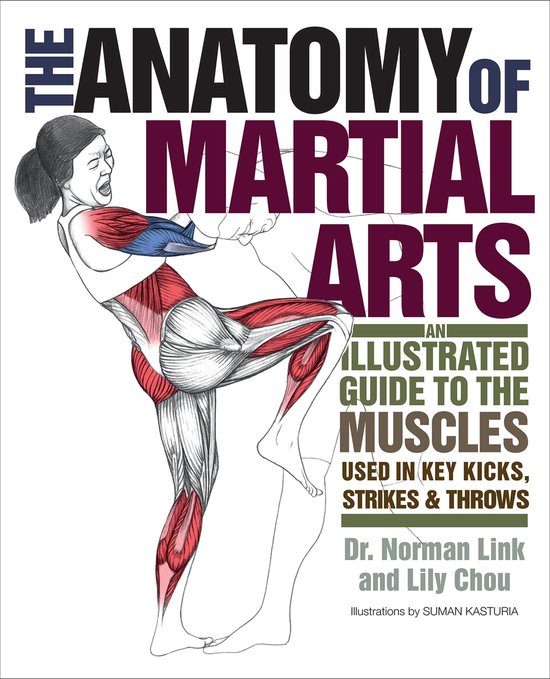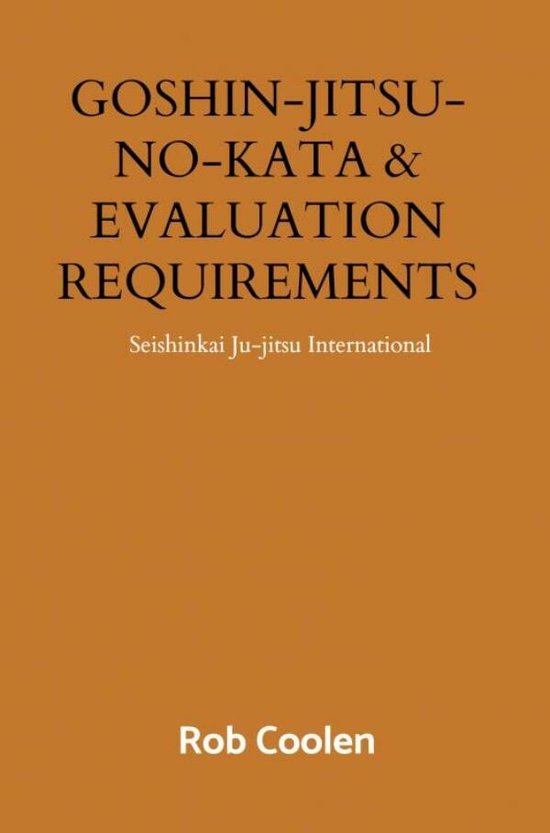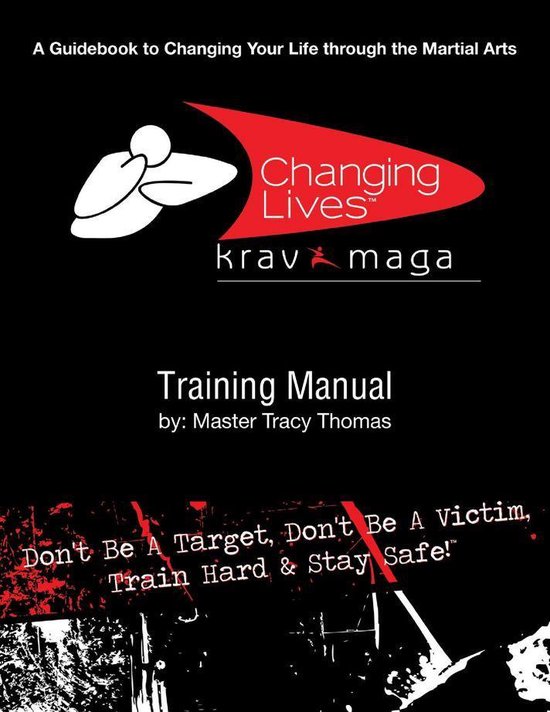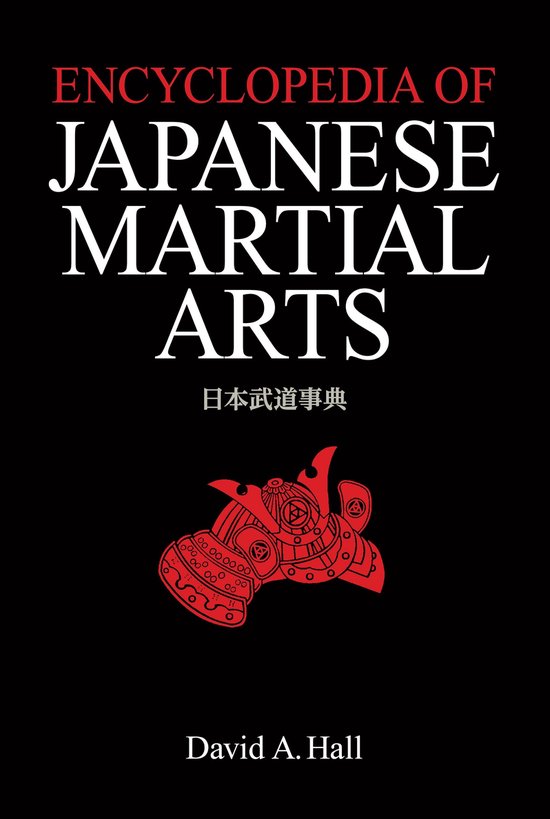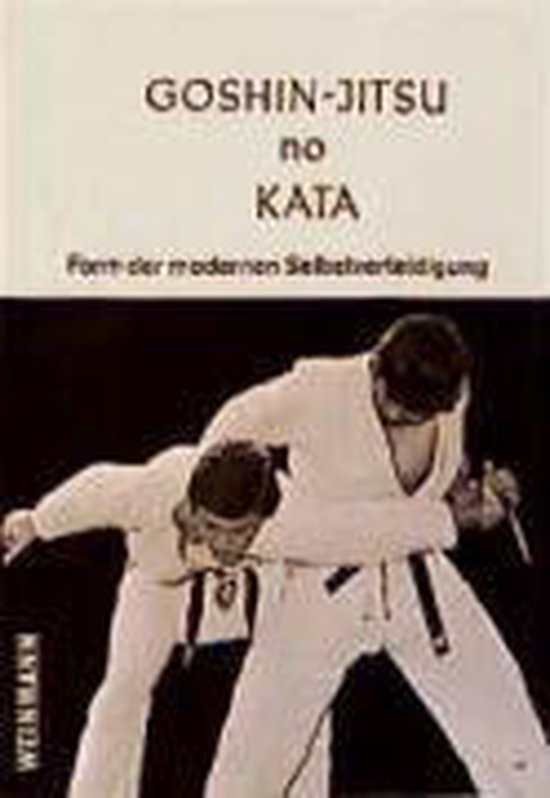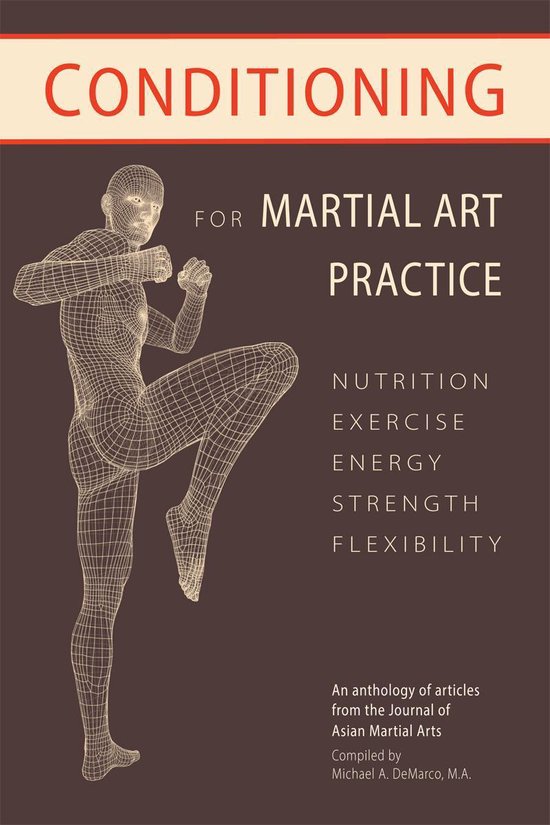
Conditioning for Martial Art Practice
If you are interested in practicing a martial art for health, this anthology is highly practical for this purpose. The content will inspire readers to adapt ways to enrich their martial art practice to reach a higher standard of health.
Whenever considering health, one’s diet should be a priority. The chapter by Roberto Nurchis shows how the kind of foods ingested have a negative or a positive influence on martial performance.
General conditioning exercise are illustrated in Oga-Baldwin’s chapter. These exercise are in line with traditional qigong/stretching exercises. Netherton and Durstine’s chapter addresses the sports-medicine views of the physiology of warm-up exercises. The authors examine changes in blood flow and body temperature and the impact of these changes on muscle tissue as an individual goes through the warm-up process.
Porta and McCabe show a number of supplementary weight training practices derived from Miyagi Chojun in Okinawa. These exercises are designed to strengthen bodies and maintain overall flexibility to properly perform the techniques. Julio Anta looks to ancient Shaolin Temple physical conditioning traditions for inspiration. His chapter introduces iron ring and hard qigong exercises that are based on fundamental principles also found in modern training methods, such as weightlifting.
The chapters by Smith, Bradley, and Mancuso all deal with a variety of breathing techniques necessary for energy and stamina. Some breathing methods are definitely more appropriate for the fighting arts, while other methods are more applicable as adjuncts to various physical and mental disciplines. While Bradley looks to a particular Korean system and Mancuso has a focus on Chinese practices, Smith utilizes an in depth multi-cultural approach.
Niiler’s chapter concerns the potential for leg injuries from jumping kicks. He uses examples of Chinese wushu flying kicks, but the scientific information and advice he provides will benefit anyone who practices jumping maneuvers.
Last but not least are two very valuable chapters by Allen Pittman, one chapter dealing with the legs and the other with the trunk. The cross-cultural and scientific points of view he presents are extremely insightful. They are not only conducive for superb body conditioning, but will certainly lead to improved combative technique. Pittman’s chapters along with the other authors are useful and effective for modern practitioners of martial arts.
| Auteur | | Allen Pittman |
| Taal | | Engels |
| Type | | E-book |
| Categorie | | Sport & Outdoor |
